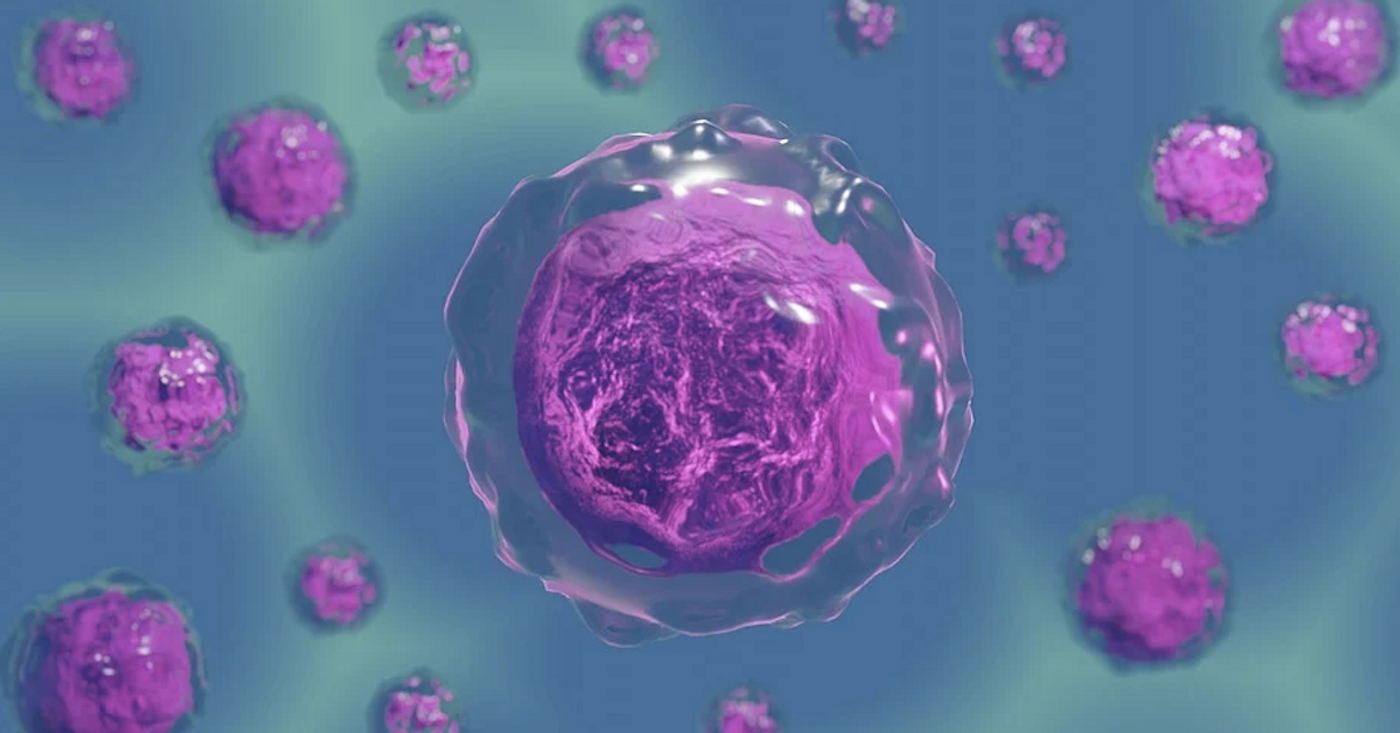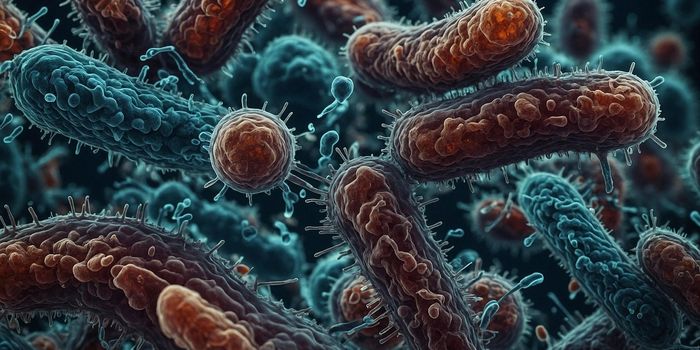Mapping the Human Proteome
To learn more about biology and medicine, researchers have used advances in molecular techniques and computational biology to sequence the genome of humans and other species. While this knowledge has provided many new insights, we also need to understand how the genes and other features in the genome are used and expressed. Proteins are another critical facet of biology. Many genes code for proteins, which work to perform the essential functions of life. The proteome is the collection of proteins that are expressed by an organism.
The Human Genome Project was an effort to sequence the human genome, and it was nearly complete by 2003. An international team of researchers has worked for years on the Human Proteome Project, by the Human Proteome Organization (HUPO). Now, a blueprint of the human proteome has been reported in Nature Communications.
"Today marks a significant milestone in our overall understanding of human life," said study author Chris Overall, a professor in the faculty of dentistry and a member of the Centre for Blood Research at the University of British Columbia. "Whereas the human genome provides a complete 'blueprint' of human genes, the human proteome identifies the individual building blocks of life encoded by this blueprint: proteins. "Proteins interact to shape everything from life-threatening diseases to cellular structure in our bodies."
It’s not 100 percent complete, but about 90 percent of proteins in the human body have now been mapped. This will improve our understanding of how interactions between proteins influence health and disease. It could also advance research into the pandemic virus SARS-CoV-2.
"In COVID-19, for instance, there are two proteomes involved, that of the SARS-CoV-2 virus and that of the infected cells, both of which likely interact with, modify, and change the function of the other," explained Overall. "Understanding this relationship can shed light on why some cells and individuals are more resilient to COVID-19 and others more vulnerable, providing essential functional information about the human body that genomics alone cannot answer."
While genetic errors have a lot to do with human disease, many of these errors manifest in aberrant proteins, so many diseases are also closely related to protein dysfunction. In other disorders, the problem arises not at the level of the gene, but at the level of RNA or proteins.
"Humans share 99.9 percent of their DNA between individuals, yet deficiencies in the proteome 'parts' stemming from inherited genetic mutations can lead to genetic diseases, or defective or inadequate immune and cellular responses to environmental, nutritional and infection stressors," noted Overall. "Knowing which proteins are key to protection from disease, and the deficiencies in expression or activity that are hallmarks of disease can inform individualized medicine and the development of new therapies."
Sources: AAAS/Eurekalert! via University of British Columbia, Nature Communications









